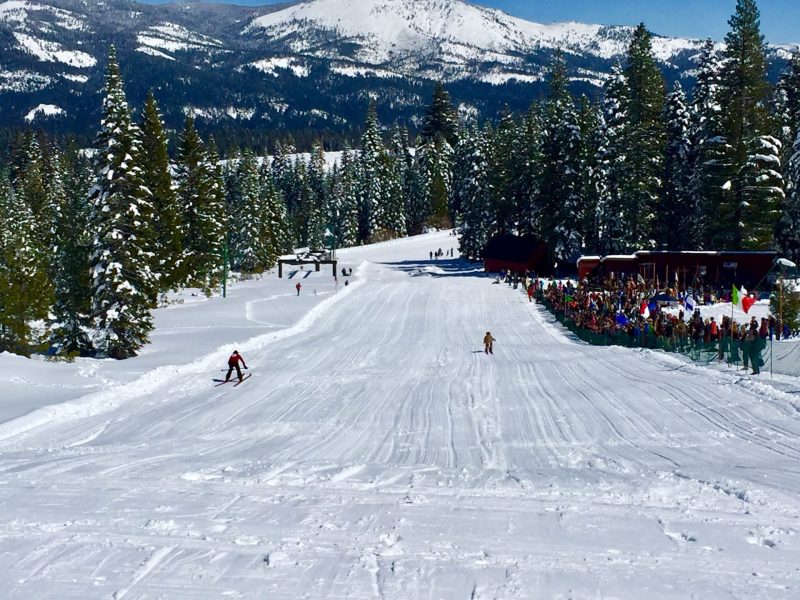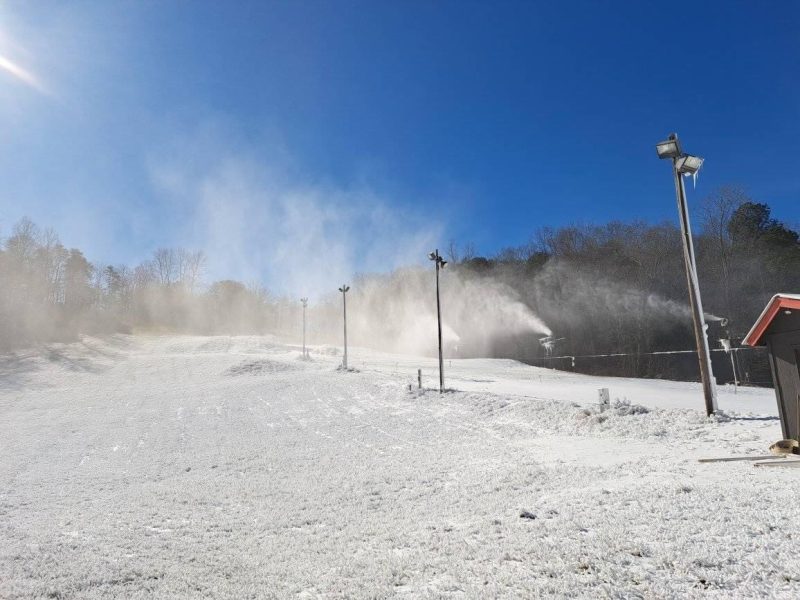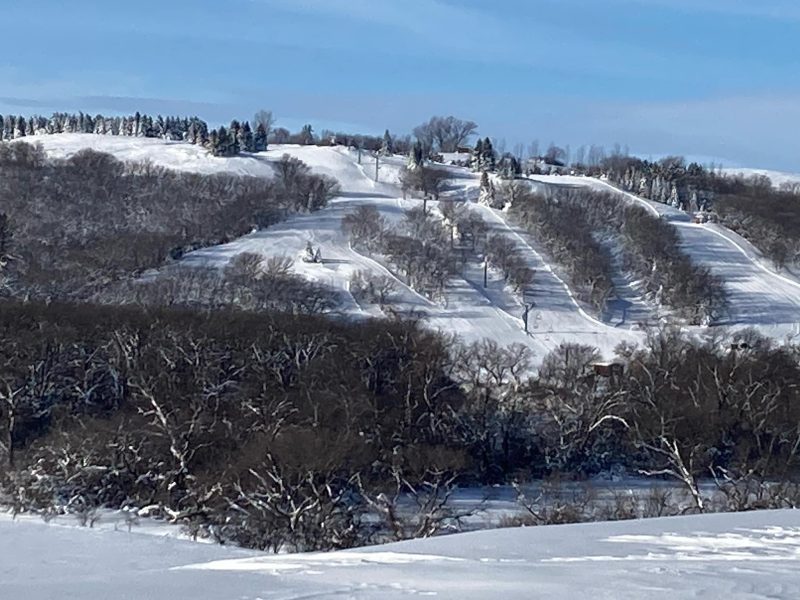
The National Ski Areas Association (NSAA) recently updated the total number of operating ski resorts in the United States during the 2022-2023 season. A slight increase in resorts open for skiing and riding last season brought the total up to 480. That number is up from 473 the year before, and 462 in the 2020-2021 season following Covid shutdowns.
Ten ski resorts across the country from California to New Hampshire and even down to Alabama started welcoming guests, and spinning lifts this past season. Also, one resort opened in each Colorado, Minnesota, North Dakota, and Michigan. Unfortunately, there were three ski resorts that did not re-open last season, accounting for the net gain of seven for the year. The three resorts that were unable to reopen are Frost Fire in North Dakota, Birch Hill Ski & Snowboard in Alaska, and Locust Lake Village Ski Hill in Pennsylvania.

Looking back at some of the numbers, from 1991 until the turn of the century, there were always more than 500 resorts open in the United States. The highest amount recorded was in 1991-1992, when a staggering 546 ski resorts were operating. During the 2000’s-2010, numbers dropped, and there were some moderate fluctuations; 493 on the high end, to 471 on the low end. From 2010-2020, the average remained in the mid 470’s.
What does this development mean for the future?
Now, just years after the Covid-19 pandemic swept across the globe closing ski resorts amidst the 2019-2020 winter season, and shuttering some doors for good, the new trend seems to be headed back in the right direction. I reached out to Adrienne Isaac, the Director of Marketing and Communications for NSAA, curious about any future trends to possibly expect. What was most notable to me was the record breaking $818 million in capital investments put into ski resorts across the country last year, from lift improvements to on-site amenities.
With single day lift tickets planned to reach nearly $300 this upcoming season, small, community driven ski resorts remain crucial to both the industries and individuals progression in so many ways. The opening and reopening of these resorts often largely depends on financing and weather, and one of these is obviously out of human control. However, even in the face of inflation and an ever changing climate, ski resorts are still being created and reopened, and people are still showing up.
“If we want skiing to persist into the future, it’s going to take the industry’s continued action and advocacy – as well as the action and advocacy of everyone who cares about outdoor recreation – to make audacious, broadscale emissions reduction and change.”
Adrienne Isaac, NSAA
